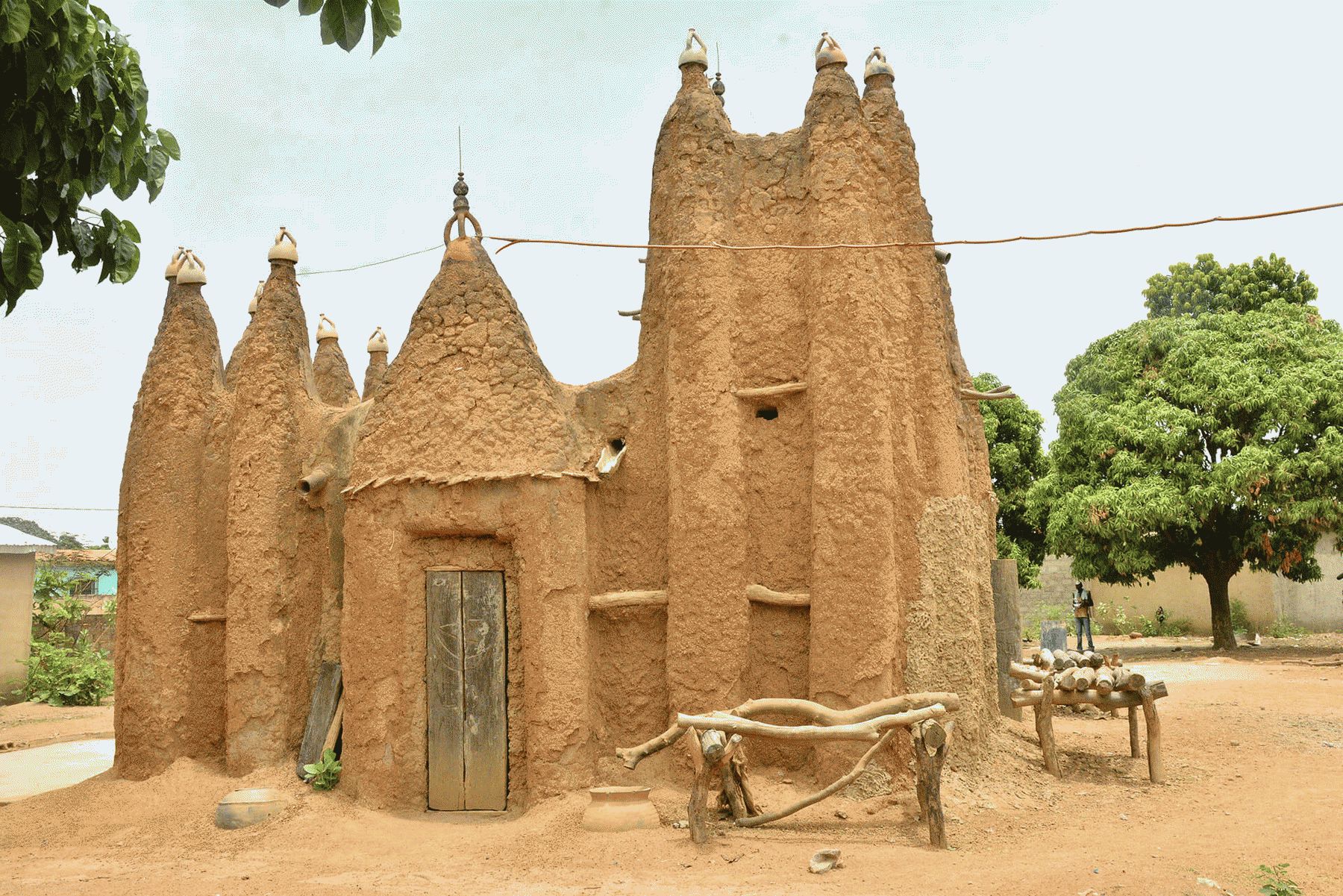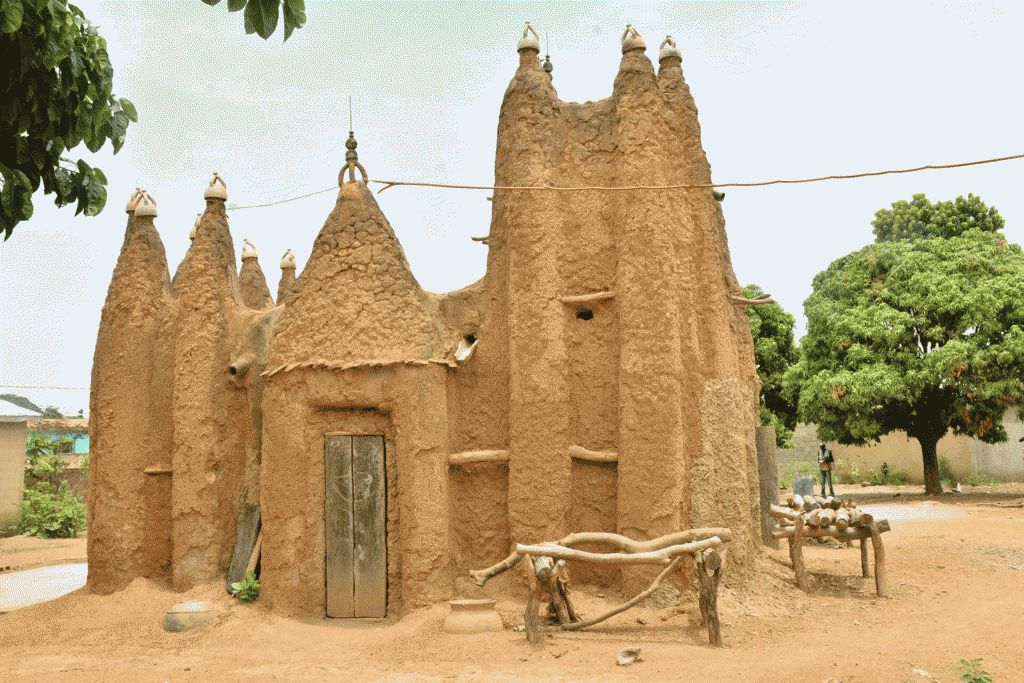Страна:
Регион:
Значение:
Время визита:
Описание:
The eight Sudanese-style mosques located in Tengrela, Kouto, Sorobango, Samatiguila, Nambira, Kong, and Kaouara are characterized by earthen construction, projecting frameworks, vertical buttresses crowned with pottery or ostrich eggs, and high or low minarets in the form of a truncated pyramid. They present an interpretation of an architectural style that originated between the 12th and 14th centuries in the city of Djenne, which was then part of the Mali Empire and whose prosperity came from the trade of gold and salt across the Sahara to North Africa. It is especially from the 15th century that this style spread southwards, from the desert regions to the Sudanese savannah, adopting lower forms with stronger buttresses, to meet the requirements of a more humid climate. These mosques are the best preserved of the twenty that have survived in Cote d‘Ivoire, out of several hundred that still existed at the beginning of the 20th century. The Sudanese style that characterizes these mosques, and which is unique to the savannah region of West Africa, developed between the eleventh and nineteenth centuries, when Islamic merchants and scholars spread southward from the Mali Empire, extending the trans-Saharan trade routes into the woodlands. The mosques are not only very important physical evidence of the trans-Saharan trade that fostered the expansion of Islam and Islamic culture, but are also a tangible expression of the fusion of two architectural forms that have endured over time: the Islamic form practiced by the Arab-Berbers and that of the indigenous animist communities.
Категории:
Метки:
Темы:
Зачем посещать:
Интерес:
Физподготовка:
Доступ:
Roads:
Open:
Info:
Clothing:
Seasonable
Connection:
Ok


